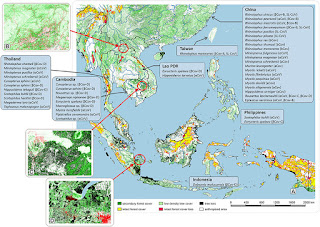Earth Finally Fixed Largest Ozone Layer Hole Above Arctic, Healing 1 Million Square Km

Earth has several ways of healing itself from any detrimental change, with or without the current COVID-19 lockdown going around the world. A new example of this has just been recorded as scientists confirm that the 1 million square kilometre wide hole over the Arctic has now closed. A rare hole in the ozone layer, spreading over 1 million square kilometre in area, was discovered by scientists earlier this month. The hole was understood to be a result of low temperatures at the north pole. Had the record-breaking hole managed to move south with the air currents, it would have posed a direct threat to humans. Copernicus' Atmosphere Monitoring Service (CAMS) and Copernicus Climate Change Service (C3S), implemented on behalf of the European Commission, have now confirmed that the hole over the north pole has healed itself. A recent tweet by the agency also explains the reasons behind the same. Note that the healing of the hole in the Earth’s ozone layer has nothing...




























